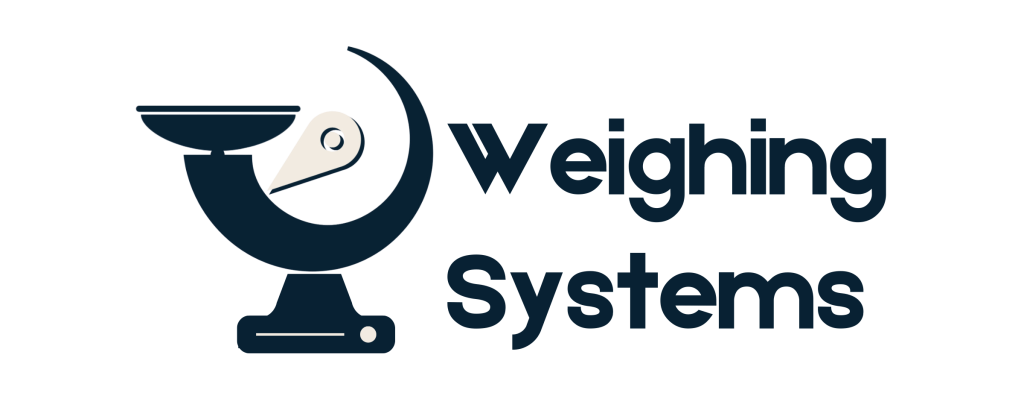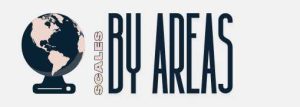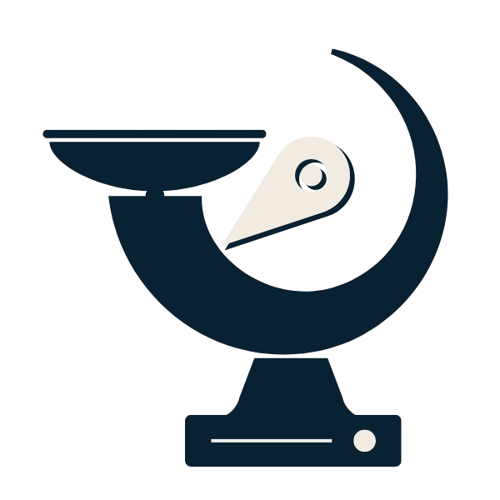LEGAL FOR TRADE WEIGHING EQUIPMENT
If products or services are sold by weight, the weighing equipment used is controlled by legal metrology legislation and such ‘legal for trade’ equipment comes under the scrutiny of Weights and Measures Authorities around the world.
The OIML
Most countries outside the US have adopted OIML (Organization Internationale de Métrologie Légale) requirements for weighing systems and components.
The USA is a Member State of the OIML and although there is growing cooperation between NIST and OIML fundamental differences continue to exist in weighing equipment approval classifications.
The OIML is a world wide intergovernmental organization whose primary task is the harmonization of the metrological controls and regulations applied by the Weights and Measures authorities of its Member States.
The main aim of such harmonization is to facilitate free trade and commerce between countries for measuring instruments and the commodities and services whose value is determined by measurements.
The OIML produces two main types of publication :
International Documents (OIML D ) which are of an informative nature, intended to help and improve the work of the metrology services.
International Recommendations (OIML R ) which are model regulations generally establishing the metrological characteristics required of the measuring instruments and specifying methods and equipment for checking their conformity. Metrological Regulations for non-automatic weighing machines are covered by R76 and those for load cells in R60. Other relevant recommendations are:
R50- Continuous totalizing automatic weighing instruments (belt scales)
R51 – Automatic catchweighing instruments
R61 – Automatic gravimetric filling machines
R74 – Electronic weighing instruments
R106 – Automatic rail-weighbridges
R107- Discontinuous totalizing automatic weighing instruments (totalizing hopper weighers)
The full requirements for non-automatic weighing machines (NAWI) to be used in Europe are laid down in the European Directive 90/384/EEC. Procedures for testing NAWI equipment is given in the European Standard EN45501 which encompasses R60 and R76. ( Note that 45501 incorporates EMC requirements for immunity but not for emissions which is covered by EN 50081-1)
WELMEC
WELMEC is the European cooperation in the field of legal metrology. Its Members are representative national authorities responsible for legal metrology in the European Union and European Free Trade Association (EFTA) member States.
It was created, in part, to deal with the obligations, responsibilities and opportunities resulting from the developments in the European Union, such as the establishment of the Internal Market and European Economic Area, and the corresponding new legislative instruments and policies.
The principal aim of WELMEC is to establish a harmonised and consistent approach to European legal metrology in the light of a number of important developments.
NTEP
In the US, requirements for legal for trade weighing equipment are laid out in Handbook 44 (Specific Tolerances and Other Technical Requirements for Weighing and Measuring Devices), . Equipment is certified under the National Type Evaluation Program (NTEP) which is a cooperation between the National Conference on Weights and Measures (NCWM), established in1905), the National Institute for Standards and Technology (NIST), state weights and measures officials and private Industry. NTEP is a process for the testing and evaluation of weighing equipment and critical components to ensure their compliance with Handbook 44. It provides procedures for the unified testing of weighing equipment and components and has a number of recognized laboratories where testing may be performed. Equipment and components which comply with NTEP requirements are issued with a certificate of conformance (C of C) confirming compliance with Handbook 44 requirements. A full list of certificates is available from the NIST web site.
US classification for non automatic weighing machines differs from OIML classification in that Class lll is subdivided into :
Class lll which covers the majority of commercial weighing applications which have between 500 and 10000 divisions.
Class lllL which specifically covers larger types of applications such as vehicle, axle load, live stock and railway track scales as well as crane and hopper scales (excluding grain scales) which have between 2000 and 10000 divisions.


